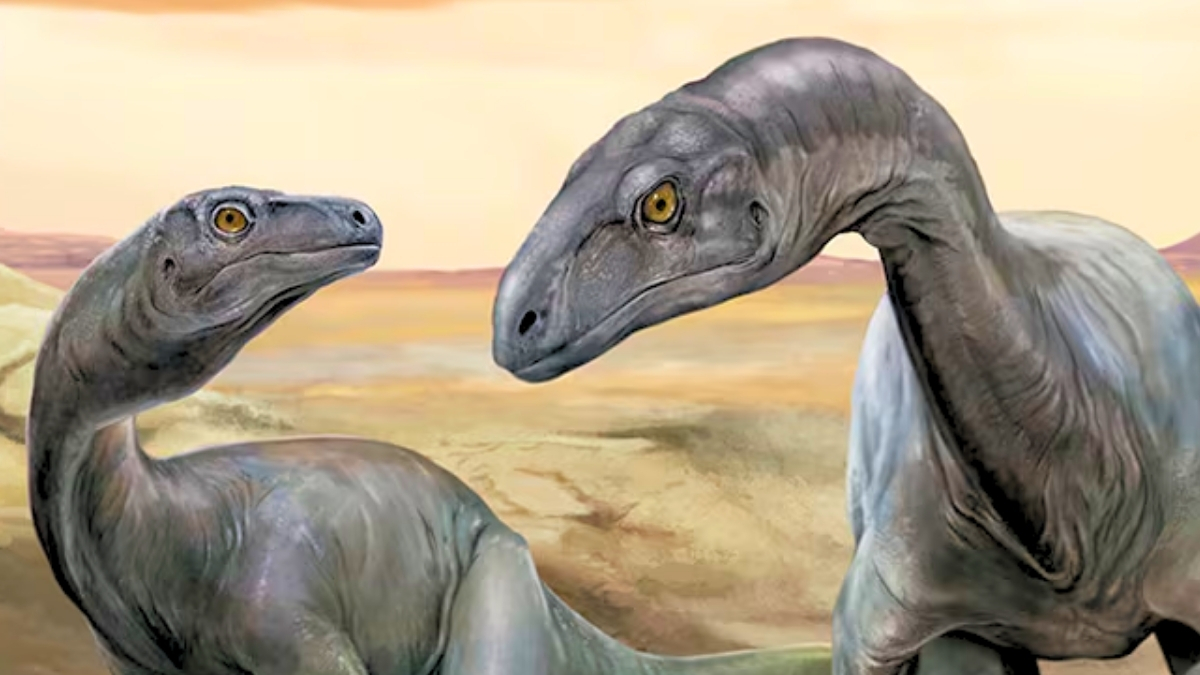Inaccessible Island, located in the Tristan Archipelago, is home to a rare and enigmatic species—the Inaccessible Island rail (Atlantisia rogersi). This unique bird is the world’s smallest extant flightless bird, with an adult size of just 5-6 inches and weighing only 34-49 grams. Recent research has uncovered the mystery of how this bird species arrived on the island, shedding light on its evolutionary history and highlighting the importance of preserving its delicate habitat. According to a study published in Molecular Phylogenetics and Evolution, researchers have finally unraveled the enigma surrounding the rail’s origins, suggesting that it reached the island from South America about 1.5 million years ago, possibly by flying or being carried by floating debris.
The Long Journey to Inaccessible Island
Inaccessible Island’s isolation has long sparked curiosity among scientists. How did a flightless bird, like the Inaccessible Island rail, come to inhabit such a remote location, about 2,250 miles (3,600 km) east of Brazil and 1,750 miles (2,800 km) west of South Africa? Previous theories suggested that the bird species might have arrived on a now-submerged land bridge. However, the discovery of plate tectonics ruled out this possibility. According to Dr. Martin Stervander, the lead author of the study, the rail did not walk to the island as once believed. Instead, he stated, “We found obviously that the birds did not walk by foot.”
The mystery deepened as researchers explored other possibilities. After studying the mitochondrial and nuclear DNA of the rail, Dr. Stervander and his team determined that the bird likely arrived via flight or, perhaps more plausibly, was assisted by floating debris. “They flew or were assisted by floating debris. Whether they flew all the way or were swept off by a storm and then landed on debris, we can’t say. In any case, they managed to make it from the mainland of South America to Inaccessible Island,” Dr. Stervander explained.
This discovery not only solved the mystery of the rail’s journey but also led to the reevaluation of the bird’s classification. The researchers suggested that the Inaccessible Island rail should be reclassified into the genus Laterallus, aligning it with other closely related species. Dr. Stervander expressed the bittersweet reality of this renaming, saying, “And it turns out that the Inaccessible Island rail needs a name change. We are sorry to be suggesting that we take away this beautiful name, Atlantisia, which is something we can all love, but we can now say that the closest relatives of this species are American birds that were given their name before the Inaccessible Island rail.”
Evolution in Isolation: Adaptation to the Island’s Habitat
Upon arrival at Inaccessible Island, the Inaccessible Island rail found itself in a predator-free environment that offered an abundance of food and shelter. The island is home to three primary habitats: grasslands, tree fern bogs, and woodland. These environments provided the birds with a rich food supply, including worms, moths, berries, and seeds. With these resources, the rail species quickly adapted to its surroundings.
As the birds became more reclusive, the pressures of survival led them to evolve into flightless creatures. Over generations, the Inaccessible Island rail no longer needed strong wings to escape predators—since there were none—allowing them to evolve into the flightless species observed today. “When the birds arrived at the island, they found three predator-free habitats—grasslands, tree fern bogs, and woodland—and abundant food sources, including worms, moths, berries, and seeds,” Dr. Stervander noted.
This evolutionary adaptation demonstrates how species can undergo dramatic changes in behavior and physiology when isolated in a unique environment. As a result, the Inaccessible Island rail became one of the most fascinating examples of island evolution in modern science.
The Threat of Invasive Species
Although the Inaccessible Island rail is currently protected by its remote habitat, its future is far from secure. One of the most pressing concerns for scientists is the potential introduction of invasive species to the island. If predators were to find their way to Inaccessible Island, the fragile rail population could quickly decline or even disappear.
The study emphasizes the critical importance of safeguarding the rail’s habitat from such threats. “Our discovery focuses on the importance of continuing to prevent enemies of the Inaccessible Island rail from being introduced on the island. If that happens, it might disappear,” cautioned Professor Bengt Hansson from Lund University, a co-author of the study. The ongoing preservation of Inaccessible Island’s ecological balance is vital to the survival of this unique bird species, which continues to provide key insights into evolutionary biology.
Source link


